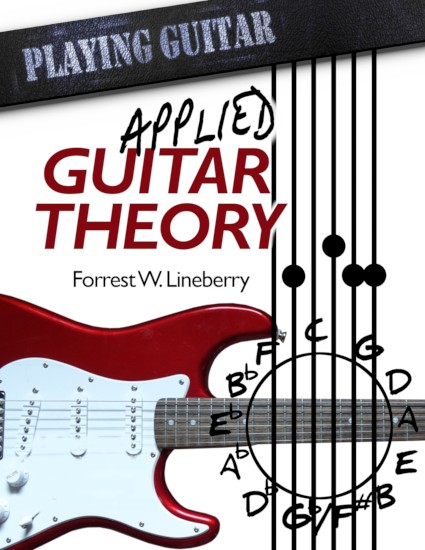Introduction
In the key signatures lesson we learned that each major scale has a unique arrangement of sharp or flat notes. In this lesson were going to explore how to go about organizing the scales by this order of sharps and flats to make them easier to learn and remember. Having the scales organized by how the sharps and flats appear within the scale will not only help in learning the scales, you will learn later that chord progressions in songs are often written around this same order. In songs that use more than one scale, you will often find the scales related to this same ordering scheme
The Theory
If we start with the C scale and go to the 5th note of the scale, we get G:
C – D – E – F – G – A – B – C
If we go to the 5th note of the G scale, we get D:
G – A – B – C – D – E – F♯ – G
If we keep going to the 5th of each new scale we end up with this string of notes:
C – G – D – A – E – B – F♯/G♭ – D♭ – A♭ – E♭ – B♭ – F – C
The 5th note of F♯ is C♯. As we saw in the Key signature lesson, once past C♯, we begin to introduce double sharps into the scale. To avoid this, we’ll switch to calling F♯ by it’s enharmonic equivalent, G♭ and continue the cycle from there—the 5th of G♭ is D♭ and so on.
Notice how after F, we end up right back where we started on C. It’s like we traveled around in a circle:

This is called the CIRCLE OF 5THS.
Back-Cycling The Circle
Watch what happens if we restart the process from C, only this time, we go to the 4th note to get each new scale.
The 4th note of C is F:
C – D – E – F – G – A – B – C
The 4th note of F is B♭:
F – G – A – B♭ – C – D – E – F
The 4th note of B♭ is E♭:
B♭ – C – D – E♭ – F – G – A – B♭
Can you see that we’re coming up with the same notes only in reverse?
C – G – D – A – E – B – F♯/G♭ – D♭ – A♭ – E♭ – B♭ – F – C
C – F – B♭ – E♭ – ?
What’s the 4th note of E♭? You guessed it – A♭. Then you get D♭, G♭/F♯, B and so on until, once again, you’re back at C.
If we go around the circle clockwise (to the right), we have 5ths. If we go around the circle counterclockwise (to the left) we have 4ths:

You will see moving counterclockwise around the circle referred to as the circle of 4ths or back-cycling the circle of 5th.You may even see the order of notes reversed on the diagram so that 5ths are to the left and 4ths are to the right. So long as you understand where the concept comes from and how to arrive at 5hs and 4ths, you should be able to navigate the different ways this concept is explained and demonstrated.

Book Title
Applied Guitar Theory
A Comprehensive guide to applying music theory on the Guitar Fretboard.
Sell Link
Coming soon!
Sample Chapter Links

